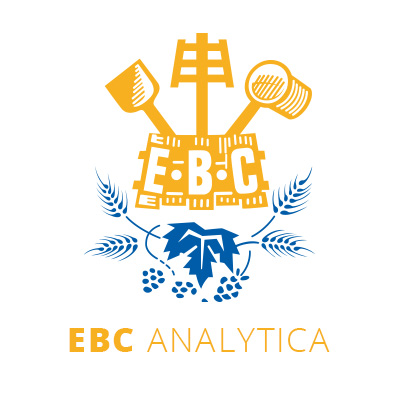- 25/10/2018
- 937
- |
- Yeast Analysis
- |
- 2011
3.1.1.1 - Haemocytometry
Determination of the yeast cell concentration in stored pitching yeast, fermenting or stored beer. Descriptors: Haemocytometry, counting chamber, counting chambers (Thoma, Malassez, Bürker-Türk, Neubauer), counting area.
